The Baduy people have some distinctive bags to complement their daily needs. According to the story, there are 4 types of bags that are often used, namely kepek, koja, jaroq and gandongan bags. Kepek is widely used as a storage container for woven fabrics with a fairly large size, 70 – 80 cm long and 50 – 60 cm high. In addition, kepek is used as a dowry container during the Baduy traditional wedding ceremony. Currently, kepek is made in smaller sizes so that it can be used as a unique bag. Kepek is an environmentally friendly product because it is made from natural materials obtained from the Baduy people’s customary area. The material consists of sarai tree bark (a type of palm tree) and rattan, which are sewn with the stems of resam plants (a type of fern), and bamboo weaving for the inside. Meanwhile, the strap is made of woven teureup tree bark (Artocarpus elastica). If made and worked according to wisdom, the lifespan of kepek can reach 60 years.
Kepek Baduy
Rp 300,000
The Baduy people have some distinctive bags to complement their daily needs. According to the story, there are 4 types of bags that are often used, namely kepek, koja, jaroq and gandongan bags. Kepek is widely used as a storage container for woven fabrics with a fairly large size, 70 – 80 cm long and 50 – 60 cm high. In addition, kepek is used as a dowry container during the Baduy traditional wedding ceremony. Currently, kepek is made in smaller sizes so that it can be used as a unique bag. Kepek is an environmentally friendly product because it is made from natural materials obtained from the Baduy people’s customary area. The material consists of sarai tree bark (a type of palm tree) and rattan, which are sewn with the stems of resam plants (a type of fern), and bamboo weaving for the inside. Meanwhile, the strap is made of woven teureup tree bark (Artocarpus elastica). If made and worked according to wisdom, the lifespan of kepek can reach 60 years.
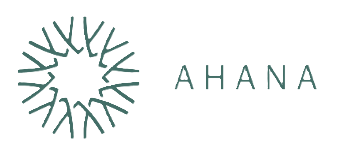

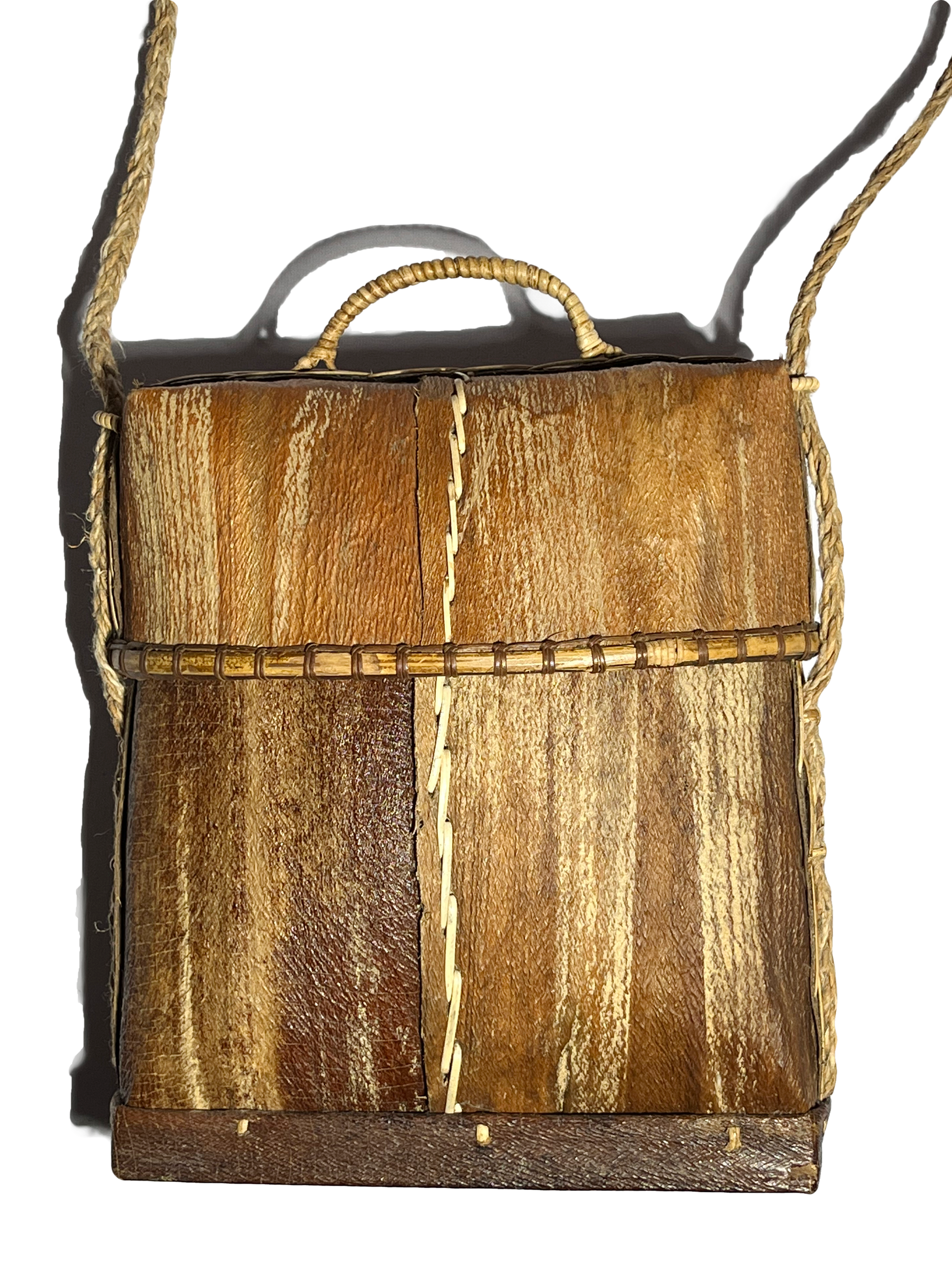
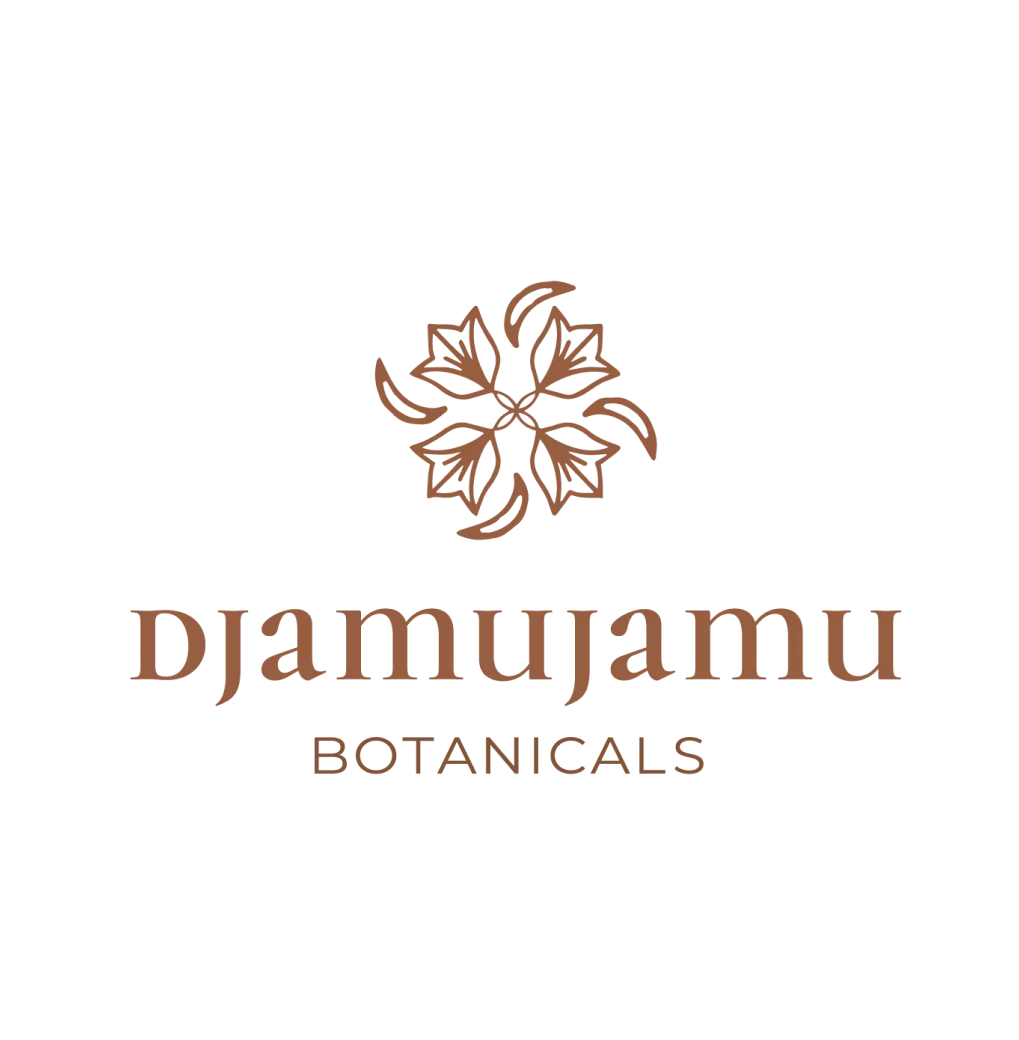
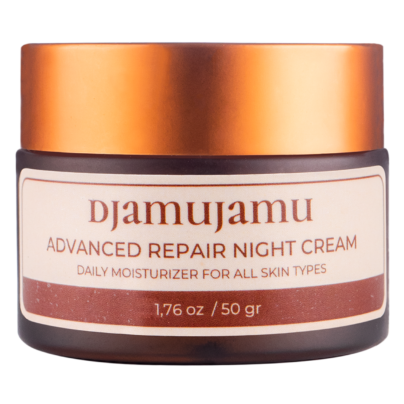

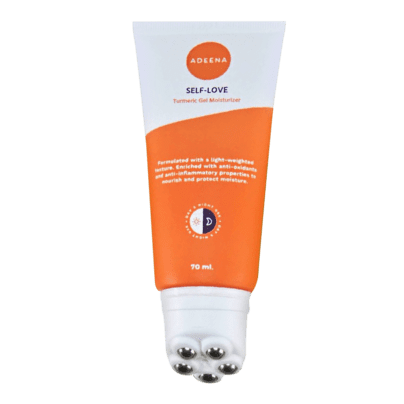
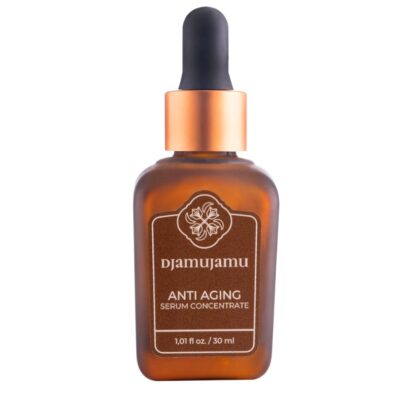
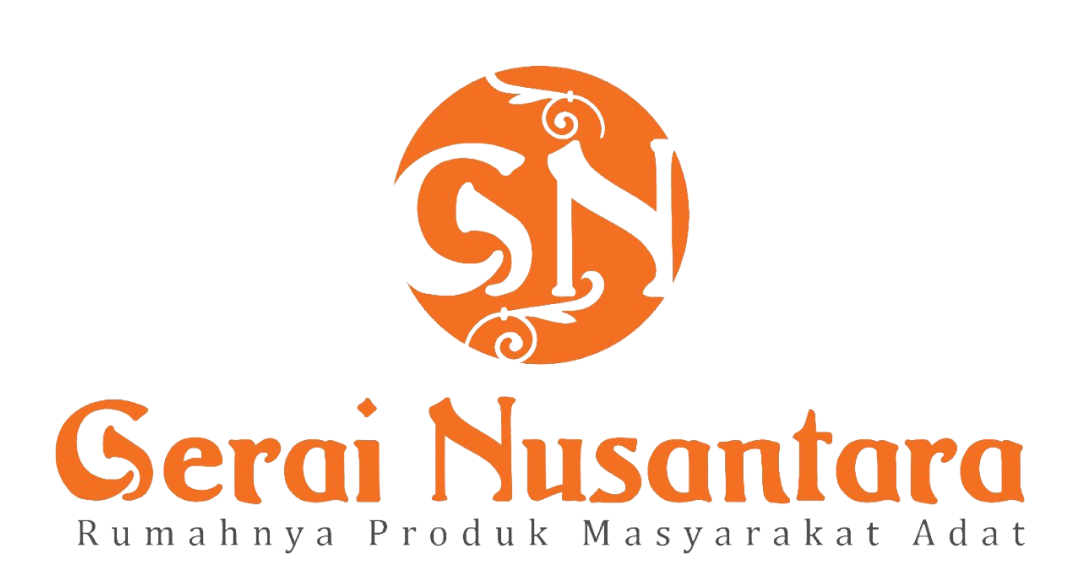
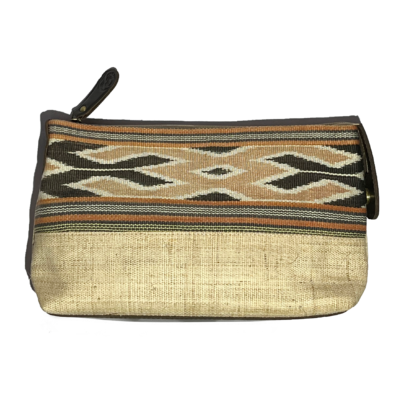
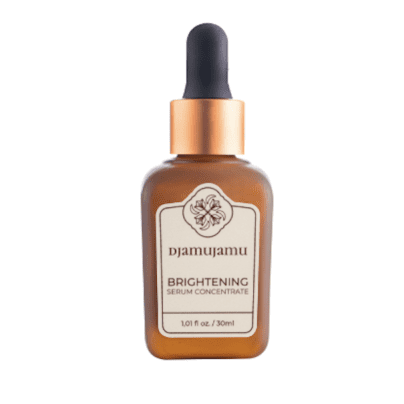
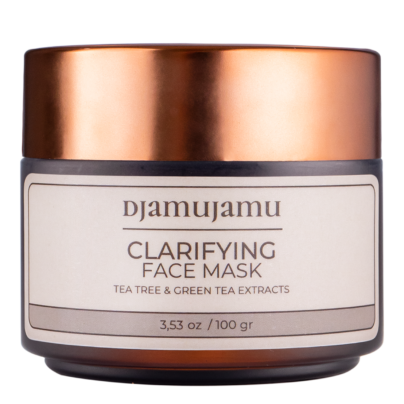
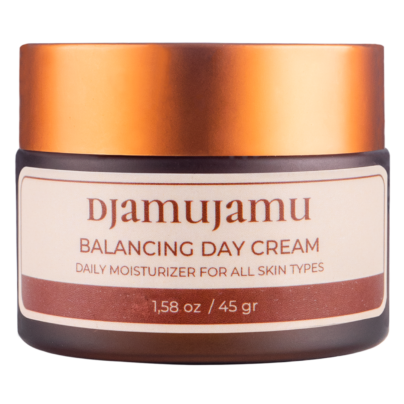
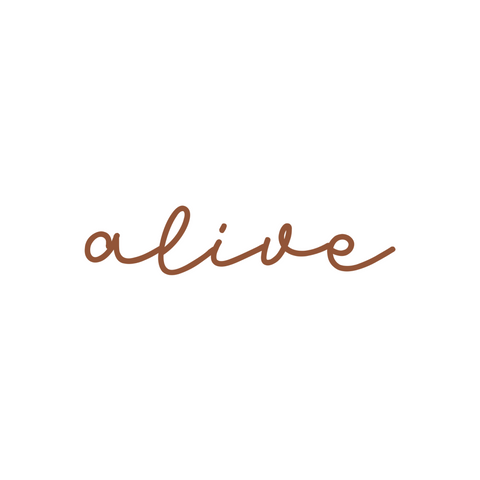
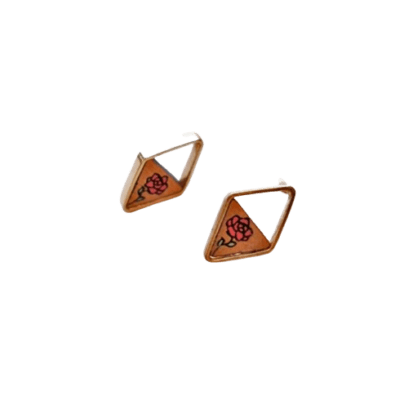
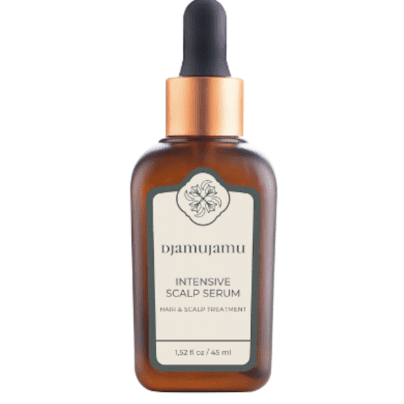
There are no reviews yet.